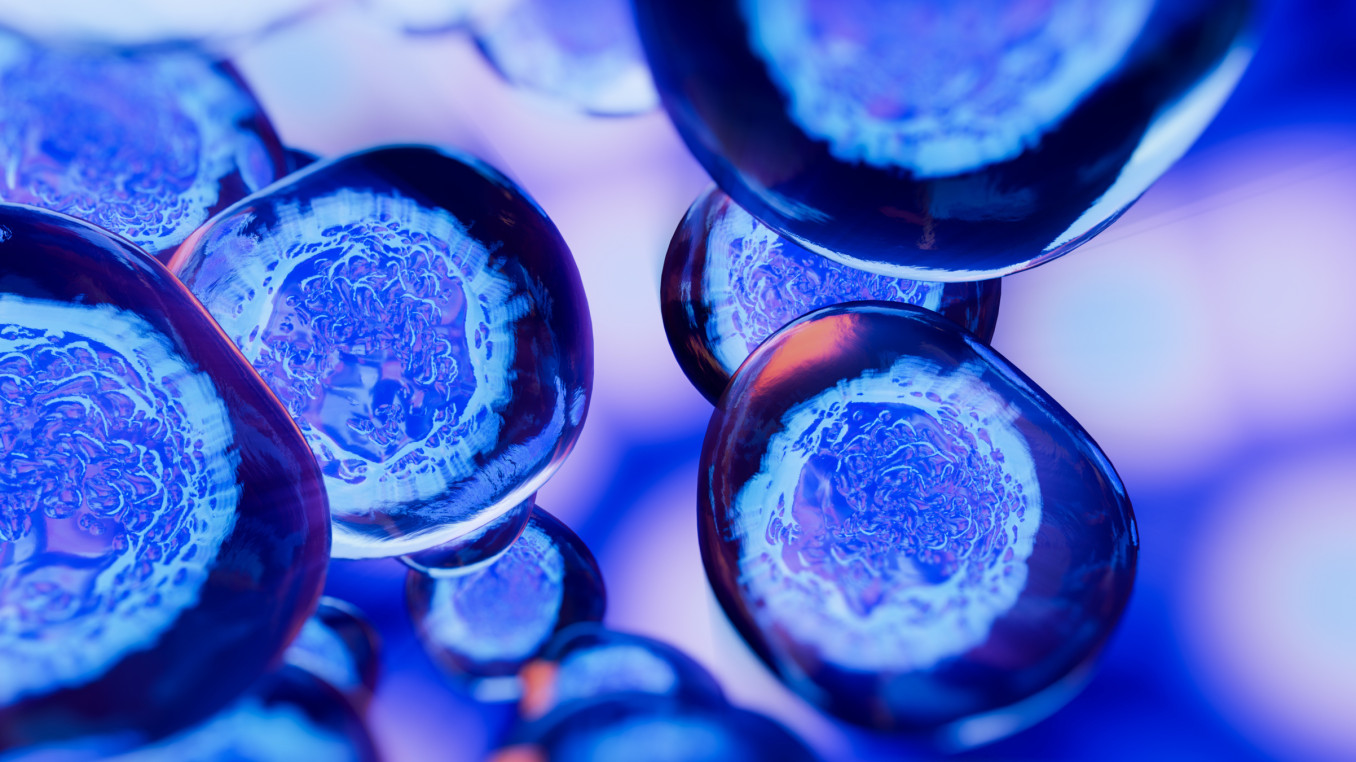Transforming Immunization: Michael Fischbach's Commensal Bacteria Vaccines
Breaking the Wall of Commensal Vaccines
Winner Interview 2024: Life Sciences
Michael Fischbach, a Life Sciences winner, is pioneering a new type of vaccine using commensal bacteria. This innovative approach aims to create low-cost, stable vaccines that can be applied as a cream, offering long-lasting protection. By overcoming the limitations of traditional vaccines, Fischbach's work promises to make immunization more accessible and effective for people worldwide.
Which wall does your research or project break?
Vaccines are miraculous – they have saved countless years of human life. But most of them have limitations that would be transformative to overcome. First, they are expensive to manufacture, and therefore too costly for many people living in low- and middle-income countries. Second, they are difficult to distribute, requiring a needle and a healthcare worker to administer. Third, their protection lasts a year or less, requiring annual vaccination campaigns. Our project addresses these challenges by breaking the wall of commensal vaccines.
What are the three main goals of your research or project?
Our overarching goal is to develop a new kind of vaccine: a friendly bacterium that lives for years in the hair follicles on your skin, priming your immune system to make antibodies. We have three goals for commensal vaccines. First, we want to make them low-cost. Commensal vaccines consist of a bacterium that is inexpensive to grow that is ‘cloaked’ in an antigen from a pathogen. They are easy to manufacture, and if we can produce them at large scale, should be far less expensive (and therefore far more accessible) than, e.g., mRNA vaccines. Second, we want to make them stable at room temperature in a cream. Since they are administered simply by applying a cream to the skin (e.g., behind your ear), they do not require a healthcare worker or a vaccination campaign. If we can make them stable at room temperature in cream, they could simply be distributed by mail. We are hopeful that this will be possible because skin bacteria naturally live in a cream-like medium (sebum) for months or years at body temperature. Third, we hope to make them potent enough to yield protection that lasts 5 years or longer. This would eliminate the need for annual vaccination campaigns. Based on our early data, we are very encouraged about their potency and the durability of protection they yield.
What advice would you give to young scientists or students interested in pursuing a career in research, or to your younger self starting in science?
The most important thing you can do is to choose the right problem to work on. There are a finite number of weeks in one’s career. While scientists generally acknowledge that time is precious and we should strive to use it for greatest impact, agreeing with this and putting it into action are two different things. Once you choose a project, you are confined to a relatively narrow band of impact; barring an unexpected surprise, the solution to a mediocre problem will have incremental impact, whereas solving an important problem will have greater impact. Even if you execute well, it is hard to make the solution to a middling problem interesting. In a very real sense, the problem you choose will influence the impact of your work just as much as the quality of your execution. Take enough time to choose carefully, and consider the advice in the article linked below.


